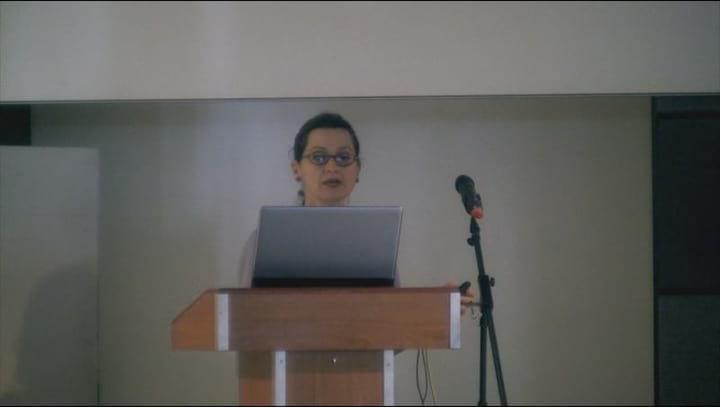New Peas Resist Fungal Foe
Published: August 29, 2008
Source : USDA Agricultural Research Service
F. solani causes Fusarium root rot, a disease affecting peas worldwide, including in the Pacific Northwest and Northern Plains, where much of America's crop is grown. Treating pea seeds with fungicide and sowing them in well-drained soils can diminish the severity of the disease. Rotating peas with non-host crops that aren't susceptible to the disease also helps. This strategy works best when peas are naturally resistant.
To that end, ARS geneticist Fred Muehlbauer in 1994 crossed two germplasm lines—X94P275 and 90-2131—with "Dark Skin Perfection," a canning/freezing variety, to produce a population of offspring plants from which the latest three germplasm lines were ultimately selected and propagated for release earlier this year. Muehlbauer made the crosses at the ARS Grain Legume Genetics Physiology Research Unit in Pullman, Wash., where he served as research leader until retiring in 2006.
Three years of field trials indicate the lines—dubbed RIL 846-34, 846-40 and 847-36—offer some of the highest levels of fusarium root-rot resistance to date. The pea lines also offer attractive green seed and other desired agronomic traits to boot.
In 2004 field trials, RIL 846-34, 846-40 and 847-36 scored "7," "7" and "5," respectively, on a scale of zero to 100, whereby zero signified complete resistance to Fusarium root rot and 100 indicated susceptibility to the disease. The scores for 90-2131 and Dark Skin Perfection (a susceptible check) were 20 and 73, respectively.
Depending on the germplasm line, the pea plants flowered 57 or 61 days after planting and yielded either smooth- or wrinkle-skinned seeds that weighed 17 to 24 grams per 100 seeds.
Geneticist Clarice Coyne, with the ARS Plant Germplasm Introduction and Testing Research Station in Pullman, is handling seed requests. She expects pea breeders will cross the lines with their own germplasm material to develop new, high-yielding commercial cultivars.
Source
USDA Agricultural Research ServiceRelated topics
Join to be able to comment.
Once you join Engormix, you will be able to participate in all content and forums.
* Required information
Would you like to discuss another topic? Create a new post to engage with experts in the community.
Create a post




